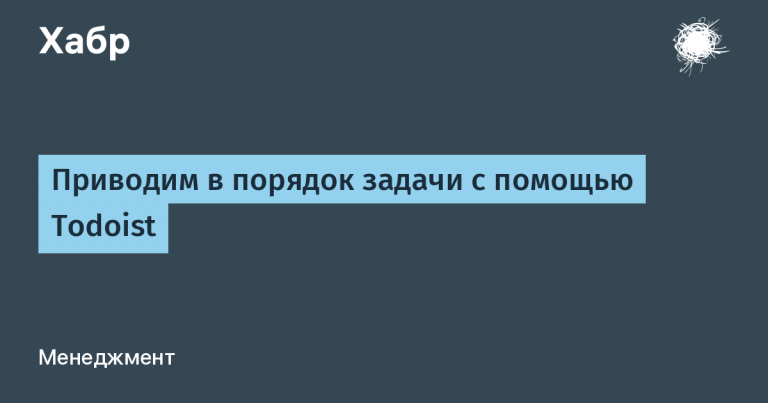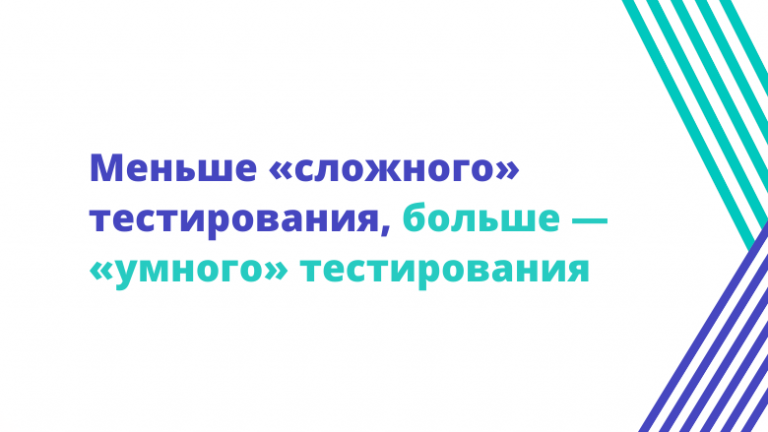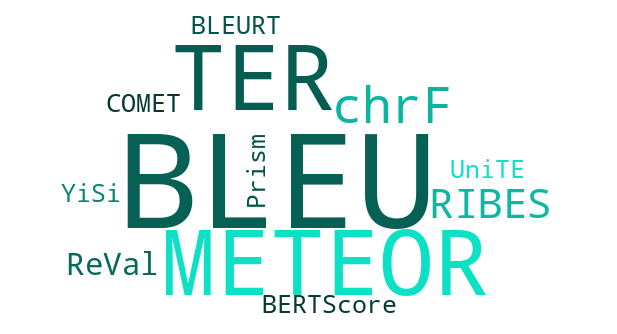How scientists using a neural network found differences in the handwriting of ancient scribes in the scroll of the prophet Isaiah

Neural networks are used everywhere – from the Internet of Things to text recognition, including ancient manuscripts. Machine learning helped this time sort out in scrolls from the Judean Desert.
Why is there such an interest in manuscripts? For a long time, theologians and historians have argued about the authorship of the Great Scroll of the prophet Isaiah, dating from the second century BC. This is one of the oldest surviving texts in the world (it is more than 2 thousand years old) from the books of the Old Testament. The neural network helped scientists identify the two originators.
Difficulty of identification
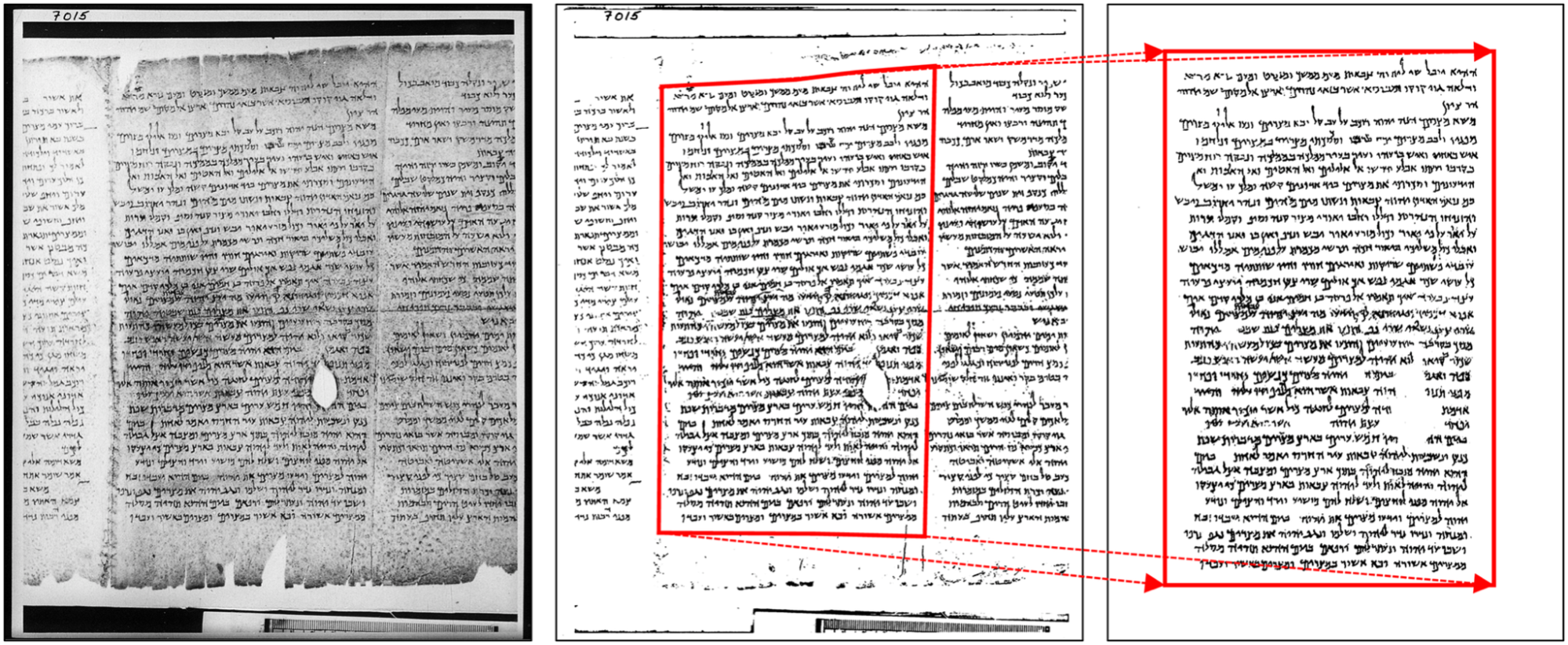
The study of ancient biblical manuscripts is engaged in paleography – the science of the evolution of graphic forms of letters. One of the central problems of this science is personalization the personality of the writer with the help of “markers” characteristic of his writing. Why is it difficult? In antiquity, the writing style of all authors was too similar, everyone strove for uniformity. Scientists from the Netherlands began to closely study the problem within the framework of the project “The Hands that Wrote the Bible” (literally – “The hands that wrote the Bible”).
Scientists from University of Groningen were engaged in the identification of scribes using a neural network. They planned to find out how many people made up the Great Scroll of Isaiah.

With the help of a neural network, the stylistic features of the authors were identified, separating ink from parchment. Then the descriptive elements were transformed into graphic letter vectors. Using a neural network, we tracked the transitions of the writing style of letters in different columns.
The character samples were compared with random characters from the manuscript and adjacent letters. At the next stage, visual analysis was connected – for this created heatmaps for pattern recognition.
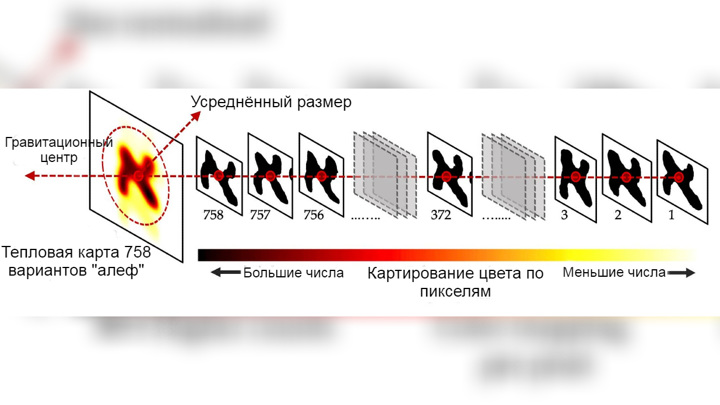 A source
A source
As a result of the study, we obtained two groups of homogeneous elements with recorded differences in writing style. Moreover, the letters were not scattered chaotically throughout the text, but concentrated at its beginning and end. Scientists say that changes occur in about 27 columns, that is, almost half of the text. After the 27th column, the manuscript is interrupted, there are three blank lines. Then it continues. And now there is evidence – continues its other author.
Also, scientists found that the second scribe created the text less “cleanly”, allowed more variations in the spelling of letters. But for now, this is all that is known about the authors. What connects them and why they created the text together is unknown.
It was almost impossible to carry out such diagnostics without machine learning. The writing style is uniform throughout the manuscript, the differences are not visible to the eye. So, imagine the letter “aleph” א occurs in the manuscript 5 thousand times. The human eye is unable to distinguish between minimal deviations in its writing and to identify patterns.
What is a list?
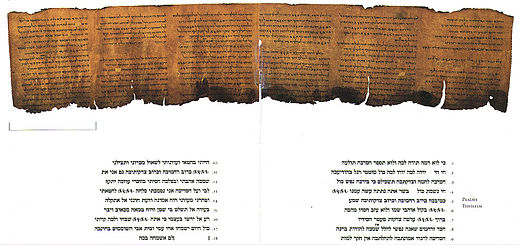 A source
A source
In the middle of the last century, ancient Hebrew manuscripts were discovered on the West Bank of the Dead Sea. Ancient notes were found by Bedouin shepherds in various kinds of caves. The Great Scroll of the Prophet Isaiah was found among the first seven in 1947 in cave number 1Q.
 Entrance to the cave where the manuscripts were found
Entrance to the cave where the manuscripts were found
Main characteristics of the list:
- 734 cm – length of the scroll parchment;
- 27 cm – the width of the scroll parchment;
- 54 columns of text contains a document;
- 66 chapters of the Book of Isaiah (The book of isaiah) contains a document;
- 125 BC – the estimated date of the compilation of the manuscript.
Why is it important to know the authorship?
The culture of the signature was not fixed in antiquity, therefore many of the found rarities of that time were depersonalized. So it happened with the Great Scroll of Isaiah. However, information about the texts of that time would have opened the veil of secrecy over the culture, rules, and technique of creating literary works. In addition, many books have become biblical, but the principle and canons of religious texts are also not fully understood.
Perhaps, in the future, technologies will make it possible to study many ancient scripts at the micro level in order to determine the place of training of scribes, and then their origin and personality.

